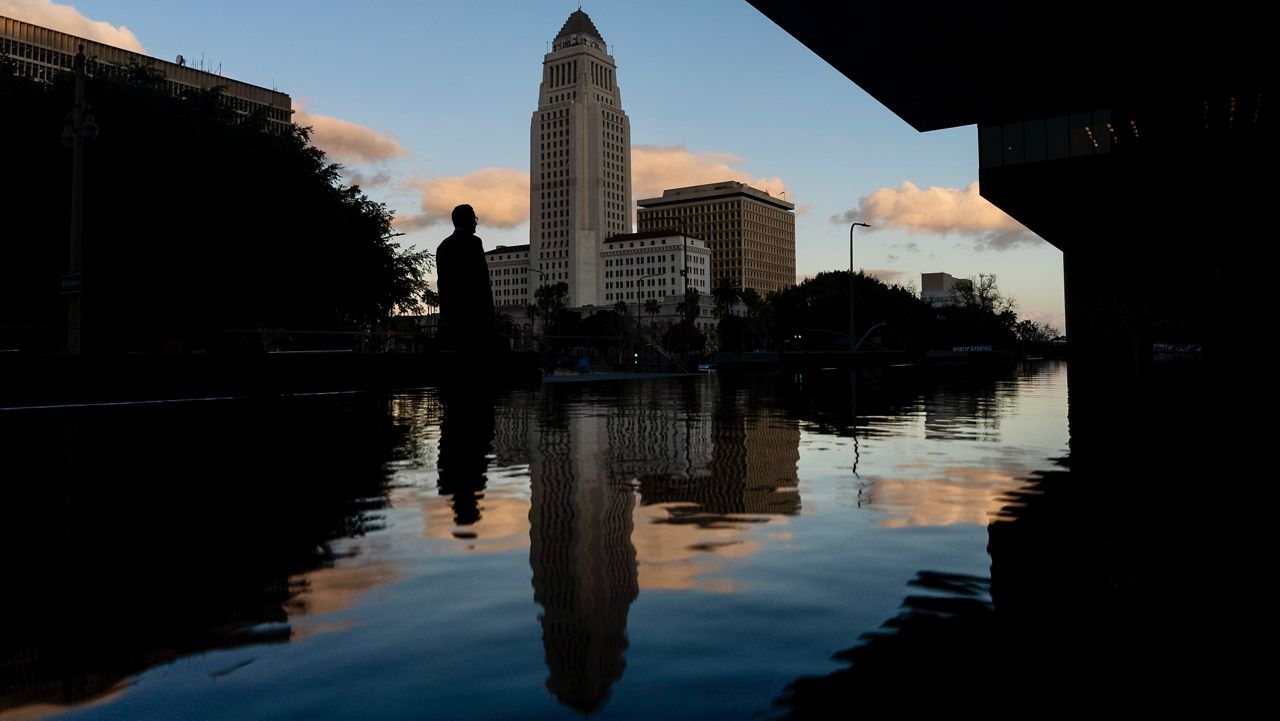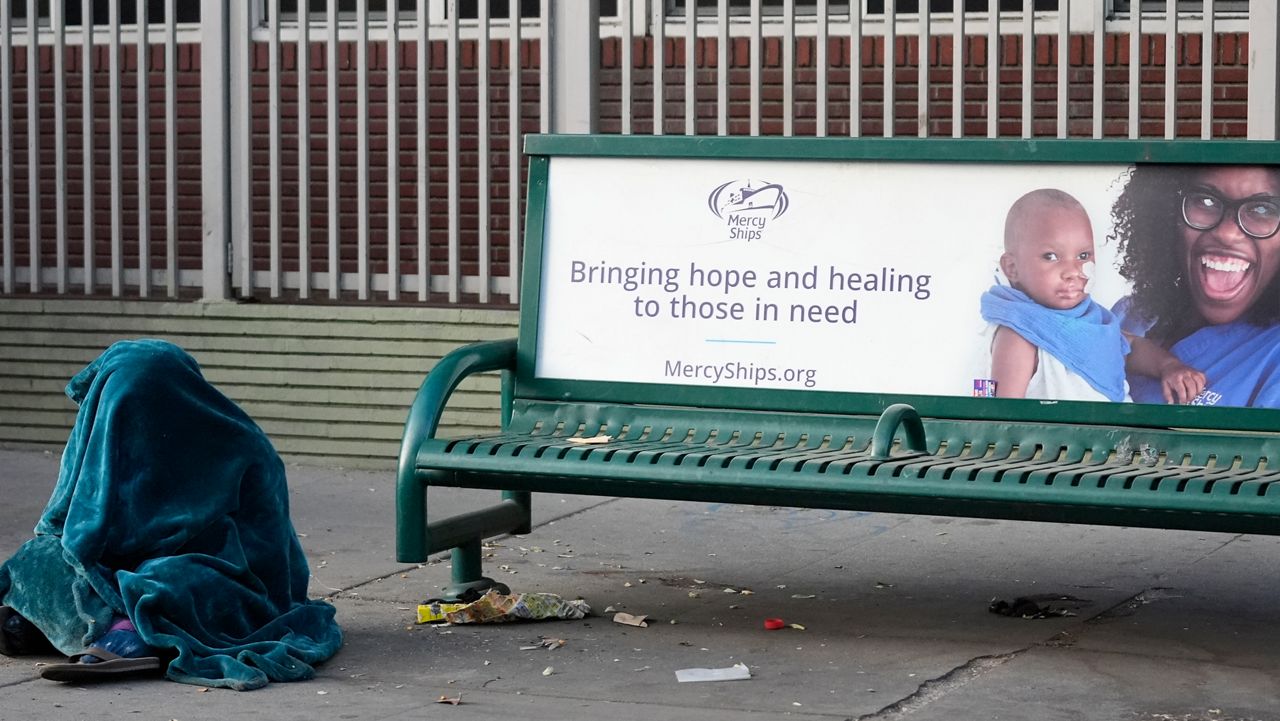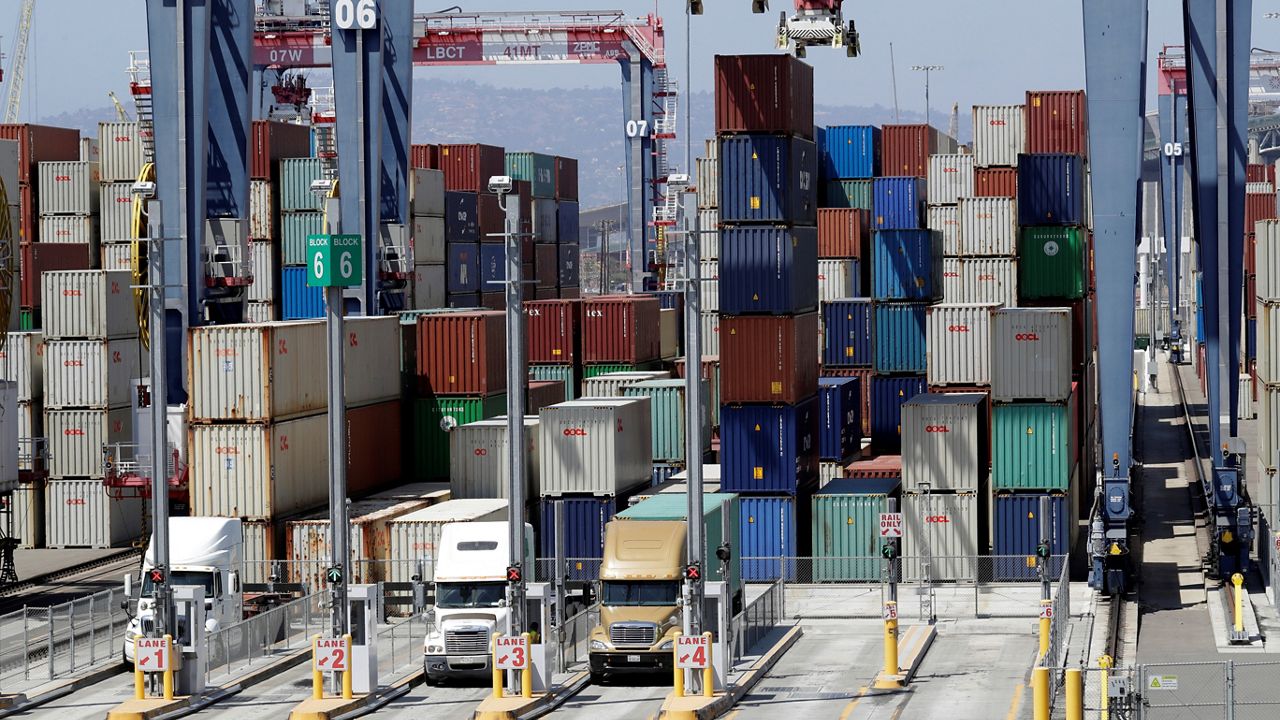LOS ANGELES — Over 7,000 wildfires burned in California during the 2022 fire season. Some, like the Mosquito Fire in Eldorado and Placer counties and the McKinney Fire in Siskiyou County, destroyed dozens of homes to ash and debris, leaving families with the decision of whether to rebuild.
It's a question thousands of families have had to face in recent years as wildfires have become bigger and more destructive. Of the 20 wildfires that were the most destructive in California, 15 of them happened in the last 10 years. Those fires damaged or destroyed over 43,000 structures.
Ariel Wesler, filling in for “Inside the Issues” host Alex Cohen, spoke with Char Miller, Professor of Environmental Analysis at Pomona College, about whether towns should rebuild after wildfires, especially those that are in high-risk areas.
“I would say the fires and the damages that they have wrought, are sending their own signal about what we ought to do in the future,” said Miller. “All the people who have rebuilt or wished to rebuild, I perfectly understand that. That’s their nest, that’s the place that they love, but it turns out the place they love burns, and burns frequently, as is appropriate. These are fire zones for a reason.”
According to a report by the nonprofit research group First Street Foundation, about 40% of properties in California have a risk of burning in a wildfire in the next 30 years.
Miller said it doesn’t seem like a good policy to continue to rebuild in areas that have been repeatedly hit by wildfire. But for many families living in these fire prone areas, moving to another city presents more challenges because of the high cost of homes in the state.
“What if there was a county fund… that bought out houses from willing sellers at market rates that enabled people to move,” Miller suggests. “That doesn’t solve the question of where one should go, but would actually give them equity that they could take with them.”
Miller points to San Antonio, Texas, as an example. After a flood in 1998 where many people lost their homes, the city began buying houses from willing sellers who lived in the floodplains.
“They’ve been doing this now for more than 20 years. It’s been fabulously successful, and it means that you are being proactive,” he said.
Experts have warned that fires will continue to worsen in California because of drought and climate change and Miller says he believes there are policy decisions that we can make to lessen the impact.
“At some point, we’ve got to come clean with ourselves about why we choose to live where we live,” he said. “There are individual choices that people make, there are community choices that city councils and others make. And for goodness’ sake, let’s start making better choices.”
Let Inside the Issues know your thoughts and watch Monday through Friday at 8 and 11 p.m. on Spectrum News 1.











